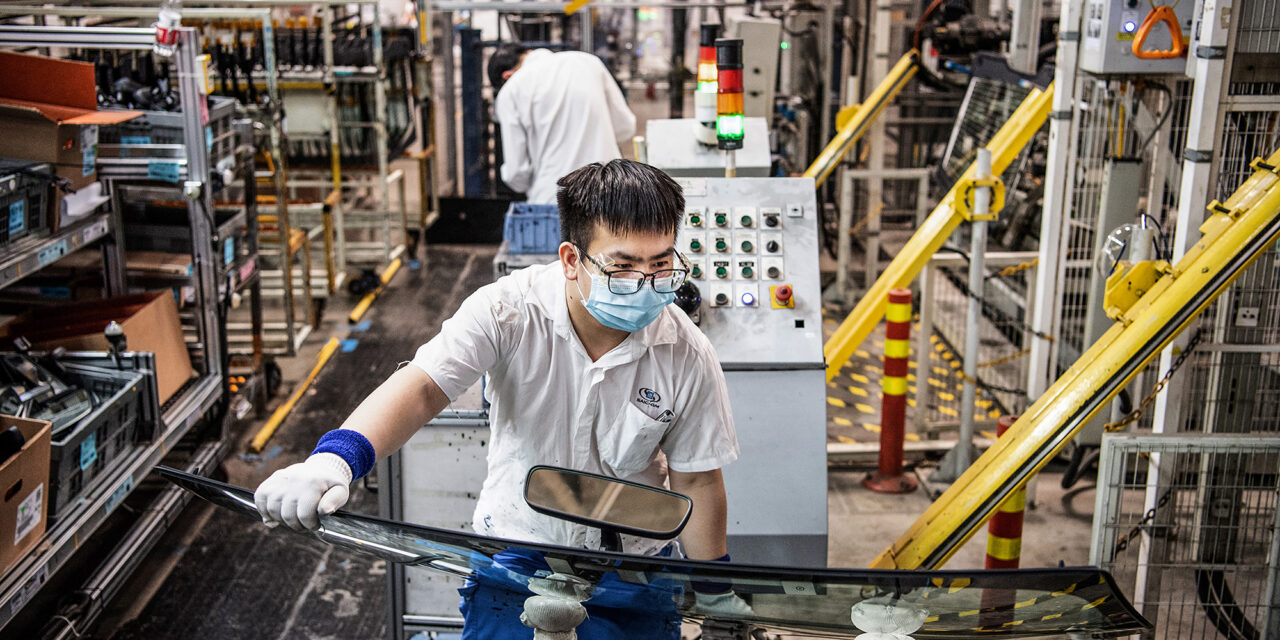A perfect storm of issues, including surging inflation and harsh anti-pandemic policies in several parts of the world, led to lower factory output across the globe last month.
The Institute for Supply Management (ISM) released a report on Tuesday, November 1st, that showed how its manufacturing purchasing managers’ index (PMI) was set at 50.2, a drop of 0.7 points from where it was as of the end of September. While PMI readings over 50 are seen as a sign of expansion, manufacturing in the United States – a sector that accounts for 11.9% of the national economy – grew at its slowest pace since May 2020.
According to Rubeela Farooqi, chief economist for the United States at High Frequency Economics, manufacturing in the US has been hampered by a strong dollar on top of unpredictable supply chain conditions and slowed consumer demand due to the way inflation has increased the price of consumer goods.
But the US isn’t the only country where manufacturing has slowed down. Canadian manufacturing contracted for a third consecutive month as of October; manufacturing in the UK experienced its heaviest contraction as well.
A China-driven Crisis in Asia
However, the Asian manufacturing sector appears to be hardest hit by current socio-economic factors. While China initially registered 49.2 on the Caixin / S&P Global manufacturing PMI in mid-October, a government-issued report released on Monday, October 31st, showed that there was an unexpected drop in factory activity as the month ended.
Toru Nishihama, the chief economist at Japan’s Dai-ichi Life Research Institute, opines that the country’s extremely harsh zero-COVID policy is to blame for this. To halt the virus spread, the Chinese government mandates that cities with a significant number of cases should be immediately locked down for an indefinite period. This has led to significant disruptions to business operations throughout the country over the past couple of years. Aside from manufacturing, Nishihama pointed out that these lockdowns also harm regional tourism and exports.
Elsewhere, Taiwan and Malaysian manufacturing experienced deeper contractions over the past month. Indonesia, on the other hand, showed a slight expansion in terms of factory activity in October, while India has expanded at a stronger pace due to solid demand for its goods.
October also marked the fourth consecutive month of contraction for the South Korean manufacturing sector. Recent reports show that the country’s exports have declined significantly over two and a half years, given how its shipments to China have extended declines.














